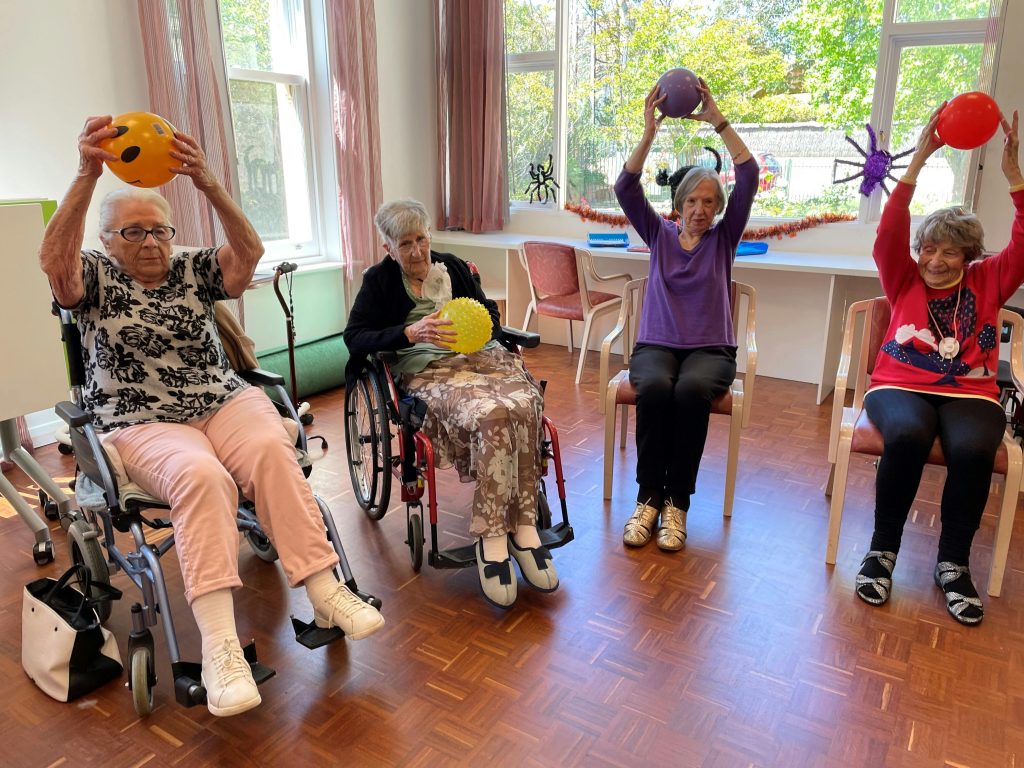The role of a well-designed website cannot be overstated. As the primary touchpoint for potential residents and their families, a senior-focused website plays a pivotal role in conveying the essence of an assisted living facility, fostering trust, and ultimately driving conversions. In this comprehensive guide, we delve into the intricacies of senior-focused web design, offering actionable insights and best practices to create a website that resonates with your target audience and ensures success in the assisted living industry.
I. Understanding the Senior Audience
A. Key Considerations
- Demographic Profile: Understanding the unique needs and preferences of seniors is essential.
- Accessibility: Ensure the website is accessible to seniors with varying levels of digital literacy and physical abilities.
- Emotional Connection: Design elements should evoke feelings of comfort, security, and familiarity.
B. Persona Development
Example Personas
| Persona | Description |
|---|---|
| Grace (80) | Enjoys gardening and social activities; values safety and community. |
| Robert (75) | Interested in technology; seeks easy navigation and clear information. |
| Margaret (85) | Values simplicity and clarity; prefers larger text and intuitive design. |
II. Elements of Senior-Focused Web Design
A. User-Friendly Navigation
- Simplified Menu Structure: Utilize clear and intuitive navigation menus for easy browsing.
- Large, Readable Text: Ensure text is legible and font sizes are adjustable for readability.
- Consistent Layout: Maintain consistency in layout and navigation across all pages for familiarity.
B. Visual Design
- High Contrast Colors: Use colors with high contrast for improved visibility, especially for seniors with vision impairments.
- Clear Imagery: Incorporate images of seniors engaging in activities to evoke a sense of community and belonging.
- Whitespace: Use ample whitespace to reduce visual clutter and enhance focus on key elements.
C. Accessibility Features
- Keyboard Navigation: Enable keyboard navigation for users who may have difficulty using a mouse.
- Alt Text for Images: Include descriptive alt text for images to assist users with visual impairments.
- Captioned Videos: Provide captions for videos to accommodate users with hearing impairments.
III. Content Strategy for Senior Audiences
A. Informative Content
- Clear Communication: Use plain language and avoid jargon to ensure understanding.
- Educational Resources: Provide informative content on topics relevant to seniors and their families, such as healthcare, wellness, and community events.
- Testimonials and Success Stories: Share testimonials from residents and their families to build trust and credibility.
B. Engaging Multimedia
- Video Tours: Offer virtual tours of the facility to provide an immersive experience for visitors.
- Interactive Features: Incorporate interactive elements such as quizzes or games to engage users and encourage interaction.
- Photo Galleries: Showcase facility amenities, activities, and resident life through high-quality images.
IV. Optimization for Search Engines
A. On-Page SEO
- Keyword Optimization: Conduct keyword research and incorporate relevant keywords into page titles, headings, and meta descriptions.
- Optimized URLs: Create descriptive and user-friendly URLs for improved search engine visibility.
- Internal Linking: Link to relevant pages within the website to enhance navigation and improve SEO.
B. Technical SEO
- Mobile Responsiveness: Ensure the website is fully responsive and optimized for mobile devices.
- Page Speed: Optimize loading times to improve user experience and search engine rankings.
- Schema Markup: Implement schema markup to provide search engines with additional context about the website content.
V. Measuring Success and Iterating
A. Analytics and Tracking
- Traffic Analysis: Monitor website traffic, user engagement, and conversion rates using tools like Google Analytics.
- User Feedback: Gather feedback from seniors and their families through surveys or feedback forms to identify areas for improvement.
- Continuous Optimization: Use data-driven insights to iterate and improve the website over time.
VI. Conclusion
In conclusion, creating a senior-focused website for assisted living facilities is a multifaceted endeavor that requires careful consideration of design, content, accessibility, and SEO. By prioritizing the needs and preferences of seniors, embracing user-friendly design principles, and optimizing for search engines, assisted living facilities can create a compelling online presence that resonates with their target audience and drives success in the competitive senior care industry. Through continuous iteration and optimization, facilities can ensure their website remains a valuable asset in attracting and engaging potential residents and their families for years to come.



